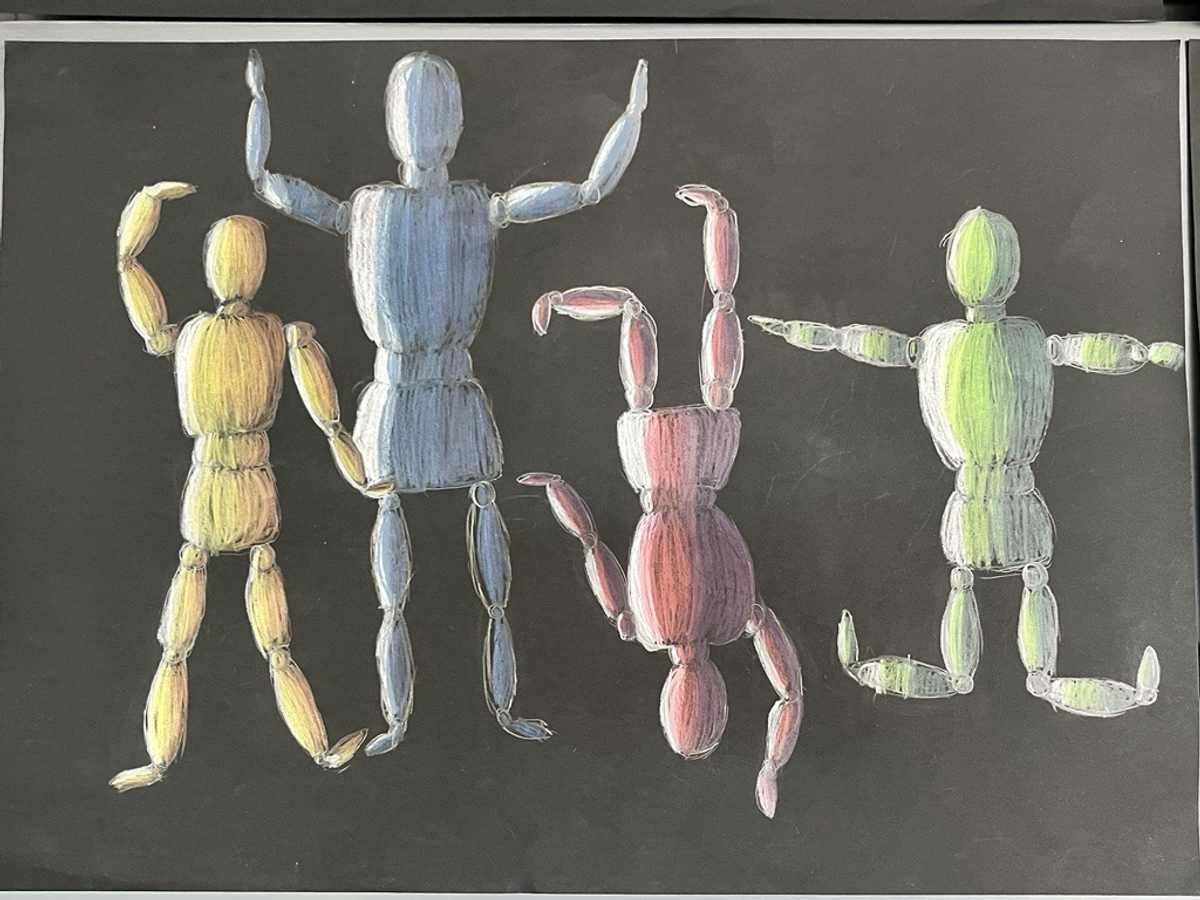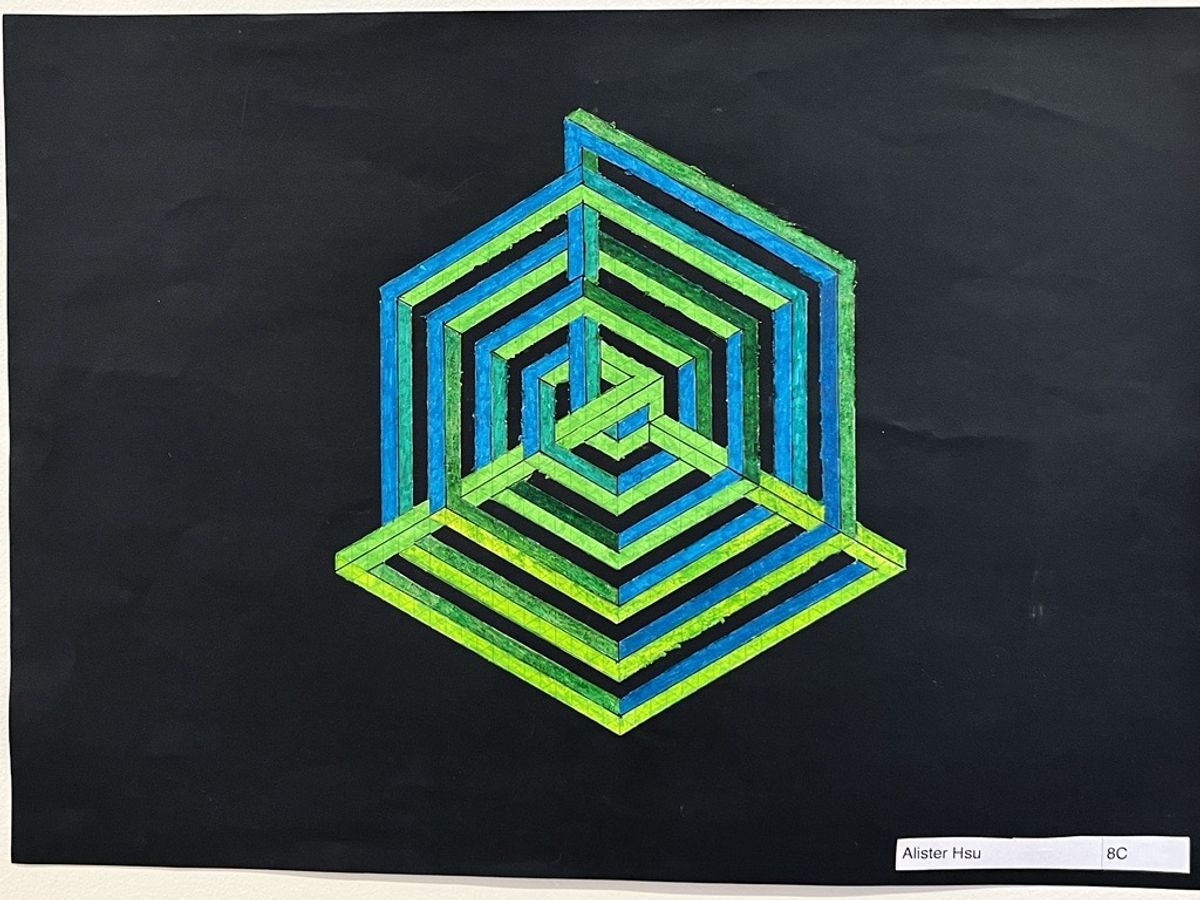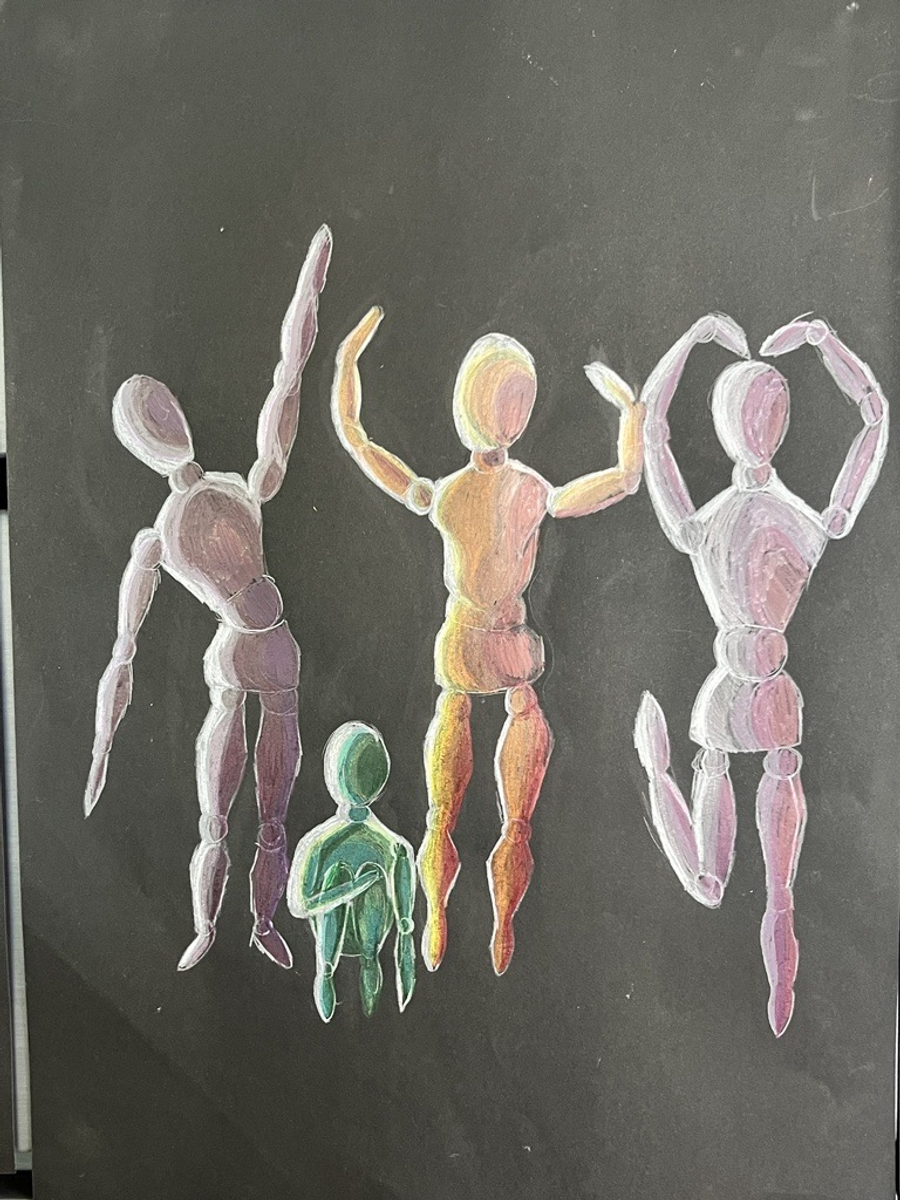What is Neurodiversity?
Artwork by Nina Winship, Year 8, Ridgeway Campus

What is Neurodiversity?
Artwork by Nina Winship, Year 8, Ridgeway Campus
By Riley Tyebji, Year 8, The Ridgeway Campus
Neurodiversity is a term many people are unfamiliar with, yet it relates to a concept that has always been present in our society. In simple terms, “neurodiversity” is the term given to the natural variation of a brain considered “unique” in how it works compared to a “normal” brain. Since each individual's brain is unique, neurodiversity implies having a brain that is dissimilar to the neurotypical or average person. Australian sociologist Judy Singer introduced the term "neurodiversity" in 1998, acknowledging that everyone's brain has a unique development, and no two brains are the same.


The term “neurodivergent”, which derived from the word “neurodiversity”, describes those people whose brain differences affect how their brain works. Neurodiversity isn't restricted to a specific set of conditions or differences in the brain. There is no medical criterion or definition of what is neurodivergent. The most commonly reported conditions among neurodivergent individuals are Autism Spectrum Disorder (ASD), Dyslexia and Attention-deficit-hyperactivity disorder (ADHD). Unfortunately, these differences are often misunderstood and are seen as weaknesses. Even if certain circumstances can present challenges, it is important to understand that certain differences can also present unique benefits. Neurodiversity is not just about challenges; it often comes with unique strengths.
Autism Spectrum Disorder
Autism spectrum disorder, commonly referred to as autism is a disease that children are born with rather than acquired later in life. The World Health Organization (WHO) estimates that one in every 100 babies is born with autism, signifying the importance of better understanding about the condition. Every person with autism is different. Some people with autism may appear socially awkward and struggle with social interaction and communication. Others with autism often hesitate to adapt to changes or trends. Individuals with Autism possess numerous strengths. According to publications, most people with autism have excellent attention to detail and can spot finer details that often go unnoticed by individuals who are not on the autism spectrum. They can be highly reliable, honest, compassionate, and innovative. They creatively see the world differently from everyone else. In addition, people with autism often have exceptional memories.


Attention Deficit Hyperactivity Disorder (ADHD)
ADHD is one of the most common neurodiversity conditions seen today, with an estimated 8.4% of children and 2.5% of adults being diagnosed with ADHD. ADHD can have a genetic basis (hereditary). Individuals with ADHD often have difficulty focusing or staying on task while performing activities. In addition, they may act or speak unwantedly without thinking carefully about their actions. Additionally, people with ADHD can exhibit hyperactivity, which means they may struggle to settle in a classroom or office-like environment. However, individuals with ADHD may exhibit high levels of creativity, excel at multitasking, and are remarkably adaptable to situations. Furthermore, they can exhibit great enthusiasm and bring joy to everyone around them.


Dyslexia
Dyslexia is a learning disorder that often affects children, and very few adults have been diagnosed with it. It is lifelong and affects language processing skills such as one’s ability to learn to read, write and spell, making it more difficult to deal with when at school. According to "Health Direct," approximately 1 out of every 10 individuals is diagnosed with dyslexia. Dyslexia tends to be hereditary, while "acquired dyslexia" is an uncommon condition that may be acquired through illness or traumatic brain injury. Dyslexia is not all about challenges, these individuals can be incredibly adaptive and inventive and are excellent communicators, presenters and problem solvers.
Moving forward…
Neurological changes are associated with each person’s unique brain development, which makes them untreatable, unpreventable, or incurable. These conditions can pose significant challenges to affected individuals. Preconceived beliefs or prejudices in society about neurodiversity can make those living with these conditions have a much more difficult life. It is important to understand that neurodivergent individuals can benefit from a supportive and understanding environment. Effective strategies, sensitivities and interventions should be implemented to help individuals manage their difficulties, overcome their challenges, and develop their exceptional strengths.